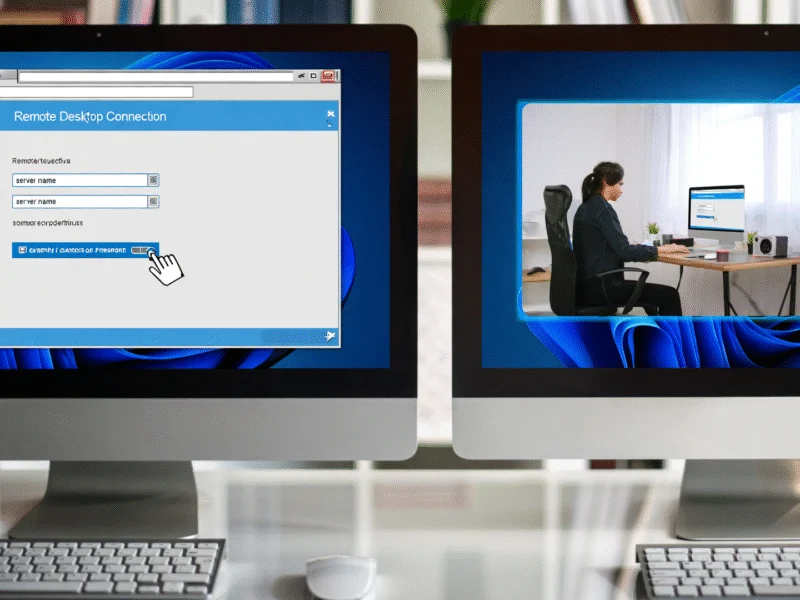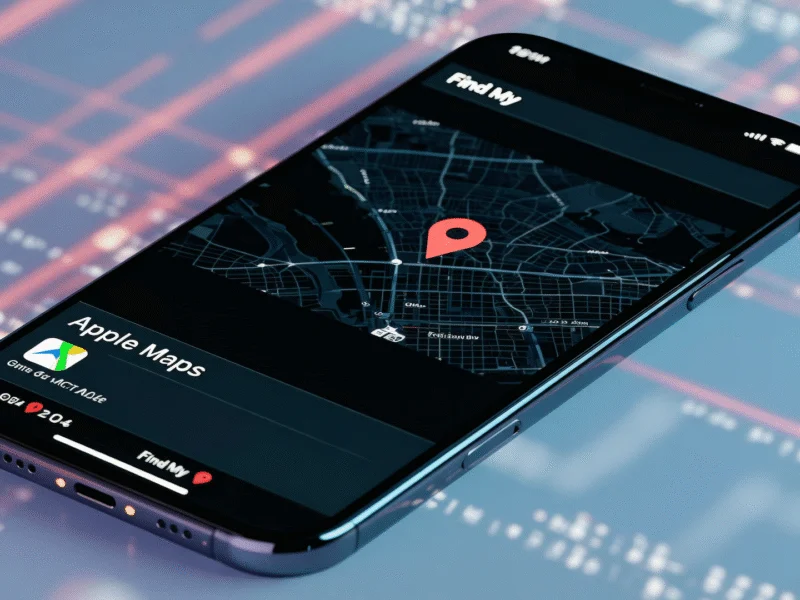**
If you’ve ever needed to help someone troubleshoot their computer remotely, you’ve likely turned to popular remote desktop software like TeamViewer or AnyDesk. But what if you could skip the downloads and accounts? Windows 11 comes with Quick Assist built-in—a secure, easy-to-use tool for instant remote access without the bloat. Perfect for assisting friends, family, or colleagues, it eliminates the need for third-party installations and simplifies the entire process.
Why Choose Quick Assist Over Third-Party Tools?
Quick Assist is a modern, preinstalled app on every edition of Windows 11, giving it a significant edge. Unlike TeamViewer or AnyDesk, which often require downloads and online accounts, Quick Assist is ready to go. This is crucial when helping someone who may struggle with installations—reducing stress and saving time. Industry experts note that built-in tools like this enhance user experience by minimizing external dependencies.
Easy Setup in Minutes
Getting started with Quick Assist is straightforward. Simply open the app from your installed programs list. The person providing support needs a Microsoft account, but the recipient does not—ideal for one-time help. Share a support code, and the other person enters it to begin screen sharing. This simplicity makes it a go-to for quick fixes, according to recent analysis of remote access trends.
- No complex configurations or Pro licenses required
- Works on any Windows 11 device without extra software
- Ideal for non-technical users seeking immediate assistance
Safety and Control Features
Security is a top priority with Quick Assist. When starting a session, users see warnings about sharing screens with strangers, ensuring awareness. Initially, the assistant can only view the screen and give instructions—not interact directly. This gradual permission system puts the user in control, allowing them to hand over full control only if needed. Data from remote desktop software studies highlight that such features build trust, especially for those learning troubleshooting steps.
You can end the session anytime, adding a layer of safety. This approach contrasts with some third-party tools, where permissions might be less transparent.
Helpful Features Beyond Screen Sharing
Quick Assist isn’t just about viewing or controlling another computer. It includes tools like annotation and highlighting, making it easier to guide users without taking over their mouse. These features support collaborative problem-solving, which industry experts note is key for educational or professional support scenarios. For broader context, additional coverage on tech integrations in daily tasks underscores how built-in tools streamline workflows.
Comparing Quick Assist to Other Remote Desktop Solutions
While tools like TeamViewer and AnyDesk offer advanced features for businesses, Quick Assist excels in simplicity and accessibility. It’s free, integrated, and sufficient for most personal use cases. According to recent analysis, users prefer built-in options for casual support, avoiding account creations and potential security concerns with external apps. For more on how remote tools fit into broader tech ecosystems, see related analysis on software trends.
Ideal Use Cases for Quick Assist
Quick Assist is perfect for:
- Helping family members with software issues
- Guiding colleagues through quick fixes without IT support
- Educational sessions where step-by-step instruction is valuable
Its ease of use aligns with findings in additional coverage on user-friendly tech solutions in modern environments.
Conclusion: Embrace Built-In Efficiency
Windows 11’s Quick Assist proves that you don’t always need third-party remote desktop software for effective remote support. With its security, simplicity, and no-cost access, it’s a smart choice for everyday assistance. Next time you’re asked for help, try Quick Assist—it might just become your go-to tool. For more insights, explore detailed documentation on its capabilities and updates.



